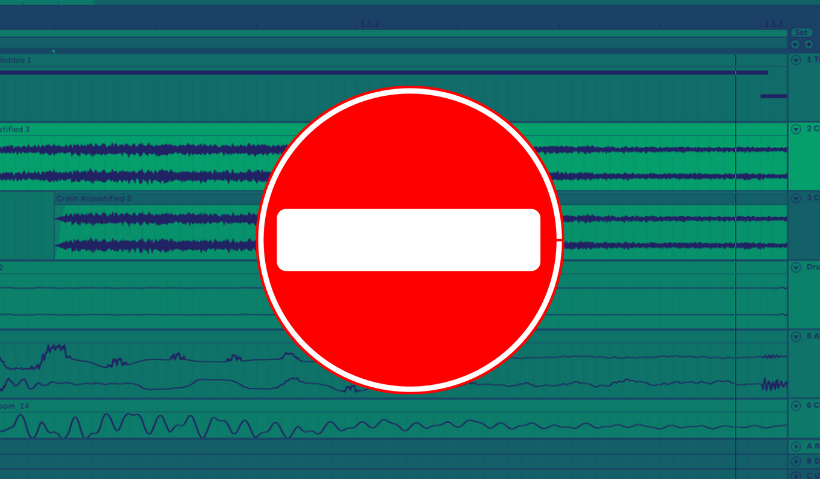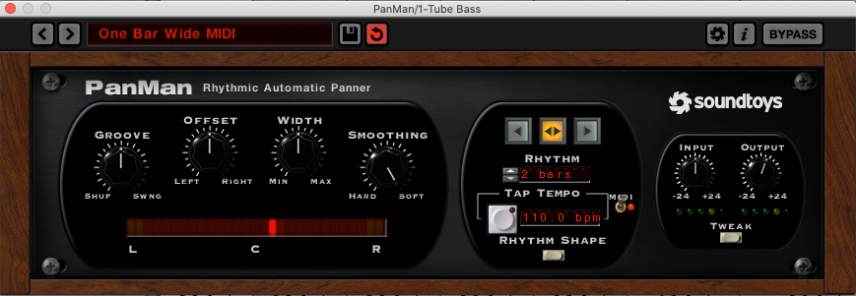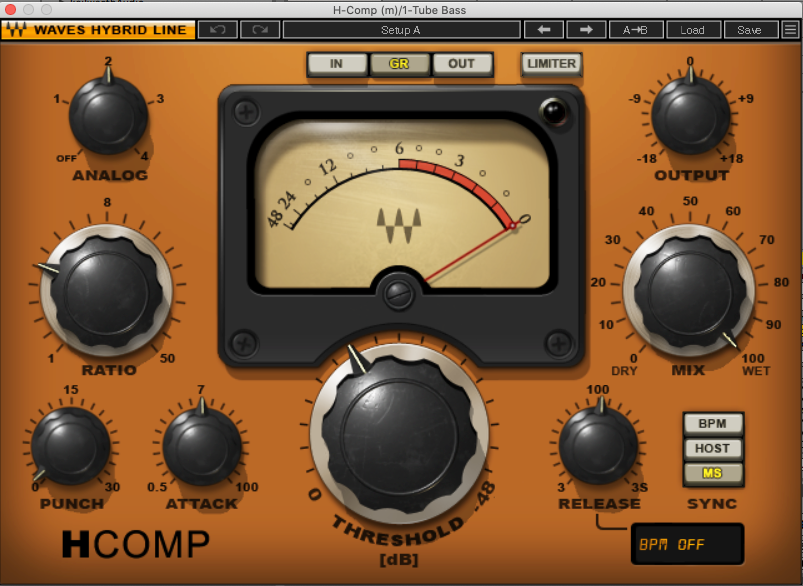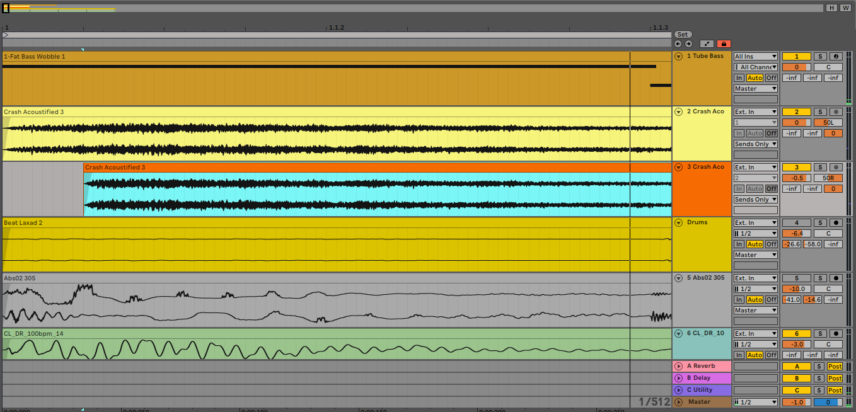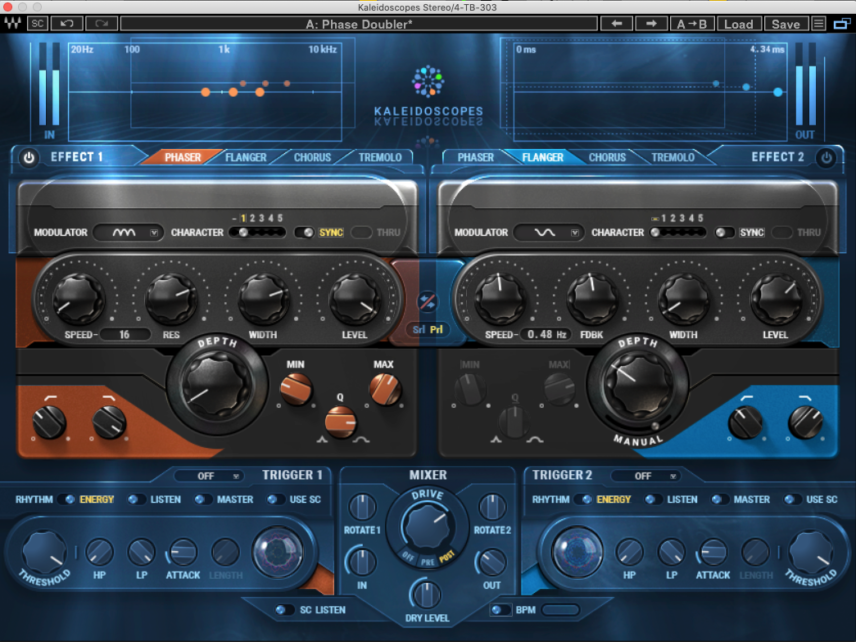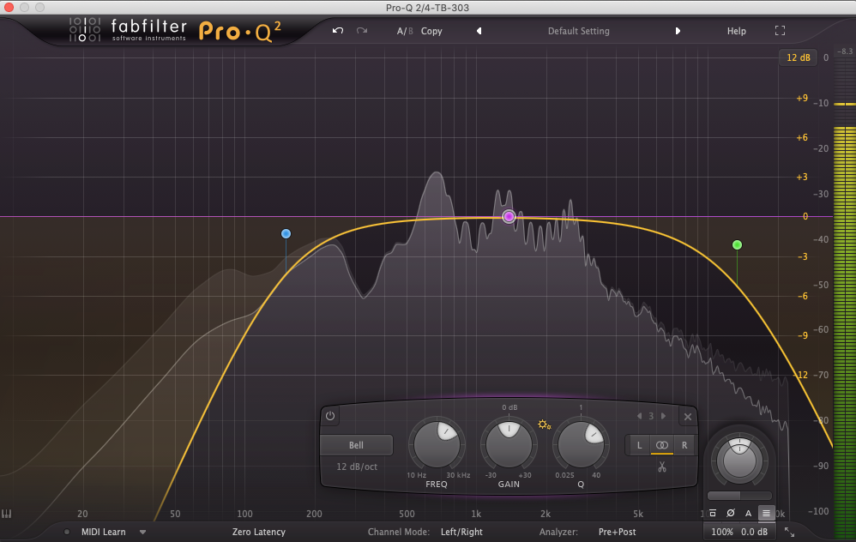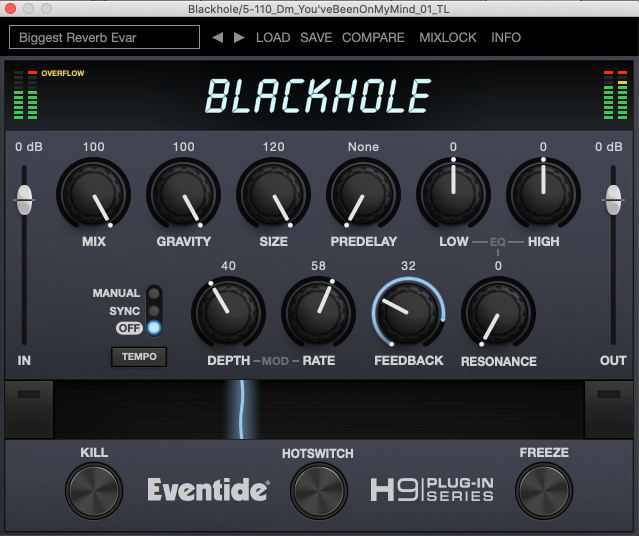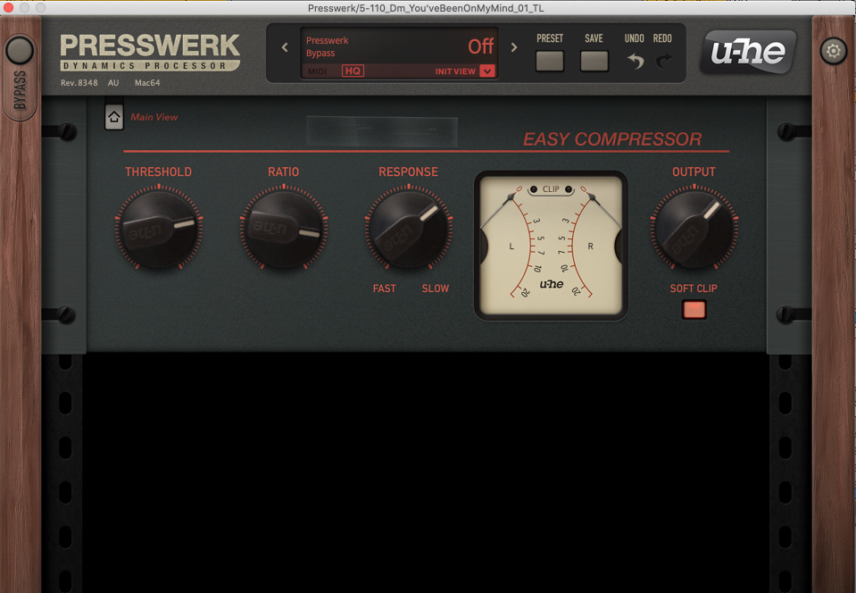In this tutorial, we look at five rule-breaking ways to inject your productions with unexpected creativity.
Sometimes, the best music a producer will ever make is when they’re first getting started. Part of this may be down to beginner’s luck but there’s likely something else going on as well. When you’re first coming up, you have yet to learn the rules of what you should and should not do. You’re going to do what naturally sounds good to you. Although it might be technically ‘incorrect’ it sounds amazing, so where’s the harm?
For many of us who have been doing this for a while, we make mixing moves because it’s what we’re supposed to do. We may even be doing it out of habit, without even listening to the song to see if it needs it. Mono the bass, sidechain it to a kick, EQ out all harsh frequencies, etc., etc. Some guy on YouTube said it so we need to do it every time, right?
Not necessarily.
We liken making dance music to building furniture. There are both functional and artistic elements to this. For a chair to stand up and take a person’s weight, it needs to have four, sturdy legs, a seat area for support, and a back. In the same way, a dance song needs to have its kick and bass properly separated, its EQing clean and precise, and its sounds punchy and effective on the dance floor.
But what if you’re not making furniture? Maybe you’re working on the audial equivalent of a sculpture. Or maybe, like David Lynch, your creation is somewhere between function and art. There’s plenty of incredible music that borrows its form from dance music but is on the more abstract side.
Our point is that we’re all involved in creative pursuits and sometimes it can be liberating to break the rules. Maybe you don’t hit the mark and your chair falls over. Or maybe you end up with something entirely new, something that sounds different to what everyone else is banging out. Ultimately, you should use the techniques that make your song sound good. Don’t follow rules just because you think you should.
We’ll be using these techniques to create a rule-breaking left-field piece of music, like this:
Here then are five rules to try breaking. As always, click on any image to see a larger version.
1 – Don’t Pan Bass
Let’s break the biggest rule first. Mixing wisdom says that bass needs to be mono safe. This is because club sound systems are often mono and any stereo information will disappear when summed down to a single channel. This is true and if you’re making a dancefloor-oriented tune you absolutely need to make sure your bass weight is front and centre.
But what if you’re making something less club-focused? If you intend your song to be listened to on headphones, there’s no reason why you can’t get creative with bass panning. Panned bass is nothing new. Listen to stereo records from the 1960s and you’ll often hear the bass (and even drums) hard-panned to one side of the stereo spectrum. Make use of all that real estate and push your bass out to the side.
We’ve created a bassline using Ableton Live’s Collision instrument run through Waves’ Abbey Road RS124 Compressor. We then used Soundtoys’ Panman to create some stereo movement and add interest to the bassline.
Don’t feel like you need to restrict your creative choices if practicality allows. Feel free to experiment. If you’re concerned about summing, put a utility plugin on the master bus and see how it sounds summed to mono. But really, who’s going to listen to ambient in mono?
Compare this centered bass:
To this one with panned bass:
2 – Sidechain The Bass
There’s a lot of internet bandwidth focused on sidechaining the bass to the beat in dance music. The idea is, of course, to make room for the kick’s (and sometimes the snare’s) bass frequencies amidst those of the bassline. There’s nothing wrong with this and it’s a fine technique for making sure both elements sit clearly in a mix.
Here’s a question, though. Does every song have to have clearly defined kick and bass sounds? It depends on what you’re going for but there are certainly times when you want your mix to sound like one complete whole rather than a collection of separate parts. We’d wager that classic house and techno records don’t have surgical separation of all the bass elements and they sound great. A little overlapping in bass frequencies might be just what the song needs to sound complete.
Here we’ve used our bassline from rule one (now centred for demonstration purposes). In example one, we’ve sidechained it to the kick and snare via Waves H-Comp and in example two, we’ve turned the sidechaining off.
Sidechained bass:
And with no sidechaining:
3 – Avoid Comb Filtering
Comb filtering is caused by the overlapping of frequencies between two, similar sounds. It’s a common problem when recording drums and other instruments with stereo microphones. However, it can plague producers working in the box as well, as when ultra-wide stereo plugins that make use of the Haas effect are collapsed to mono. This results in certain frequencies disappearing from the widened sound, resulting in a kind of hollow effect. While not always desirable, it is unique and a useful technique to know.
You may have noticed that this sounds like a phaser minus the modulation, and that’s precisely what a phaser is. Let’s exploit that to create our own comb filtering effects.
We’ve placed an identical crash sample onto two audio channels and hard-panned them left to right. Next, we sent them to the same send track and added a utility plugin set to mono. Changing the start position of one of the samples results in phase cancellation of some frequencies.
Crash samples in phase:
And out of phase with audible comb filtering:
4 – EQ Out Poky Frequencies
Along with volume and dynamics, equalization is a major part of mixing. Thanks to modern surgical EQ plugins, we can easily carve out errant frequencies and craft a smooth, pleasant and unobtrusive mix. That’s great and all but we’re not making smooth jazz, are we? (Apologies if you are!) We’re making electronic music and the last thing we want is our mixes to be safe and uninspiring.
Listen to ‘Krakpot’ by Richie Hawtin made under his Plastikman moniker. This was done in the early ‘90s before surgical plugin EQs were available. There’s a very resonant peak on the phaser that the TB-303 is run through. It’s pretty extreme and if this was our production, the first thing we’d do is slap an EQ on the channel, locate the peak visually, and scoop it right out. And yet that would be doing the song a great disservice. It’s that resonant peak that helps the song so exciting.
Here we’ve made a bassline using Roland Cloud’s TB-303 and run it through Waves Kaleidoscopes. There isn’t much movement on the phaser but it is pretty resonant. In the first example, we use FabFilter’s Pro-Q 2 to remove the excess peaks but in the second example, we leave it as is for a more punky and aggressive feeling.
TB-303 with EQing on the mids:
And without:
5 – Don’t Swamp Vocals In Reverb
When working with vocals, common wisdom says don’t overdo the reverb. Reverb will push a sound to the back of the mix, usually the exact opposite of what we want from a vocal. There are tricks, such as compression, to help a vocal sit amidst a lush wash of reverb without losing clarity.
But what if clarity isn’t the end goal? Just like we might want to drench a pad, a vocal marinating in reverb can create an amazing effect. This is particularly useful for less upfront genres like ambient and IDM, although a washy vocal could be just the thing for a breakdown.
Here we’ve imported a vocal sample (‘110_Dm_You”veBeenOnMyMind_01_TL.wav’) from Touch Loops’ Soul Voices pack. We’ve soaked it in a reverb from Eventide’s Blackhole plugin. In the first example, we use U-he’s Presswerk sidechained to the vocal track to make it sit better in the mix. But we don’t want it to sit, we want it to swim, and so we turn off the compressor and let it marinate.
Vocal with sidechained reverb:
Vocal without sidechain compression:
Lastly, here are all of the techniques used together. This is a rather extreme example, however, as each of these on their own is a fairly strong effect.
